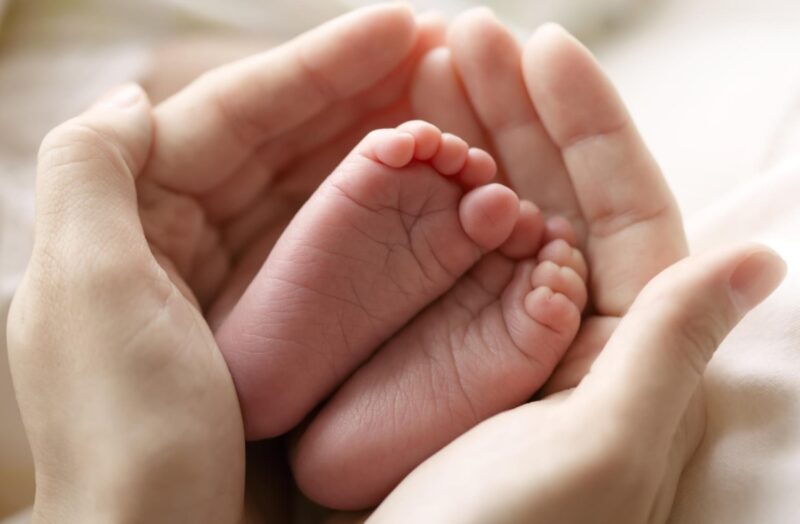Clubfoot is a disability that is almost always congenital. It is a limb difference where one or both feet are turned inward, usually due to a shortened tendon in the lower leg. Many different treatment plans have been developed to help correct this disability, and most of them involve physical therapy and surgery.
The main goal of all treatment options is to bring movement into the joint and be corrected by surgery if needed. Surgery may be used alone or in conjunction with other treatments. It involves separating muscles, tendons, and ligaments around the joint to be repositioned to a more normal position. Below are ways in which physical therapy helps clubfoot;
By restoring muscle strength
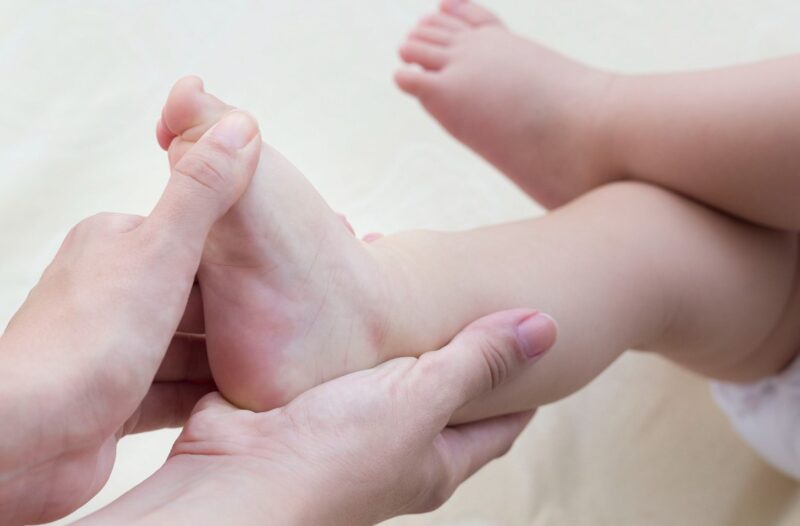
The physical therapy for Clubfoot mainly focuses on restoring muscle strength and mobility in the lower leg or ankle joints. Treatment usually consists of stretching, massage, special exercises, and casting or splinting the foot to correct the position when bones are still soft and able to be manipulated into proper position.
These exercises are designed to promote muscle growth in the lower leg, improve flexibility in the joints, and eventually allow them to straighten out. The focus of these exercises is also on stretching out tendons to loosen them up and regain regular length.
It helps children use crutches and padding
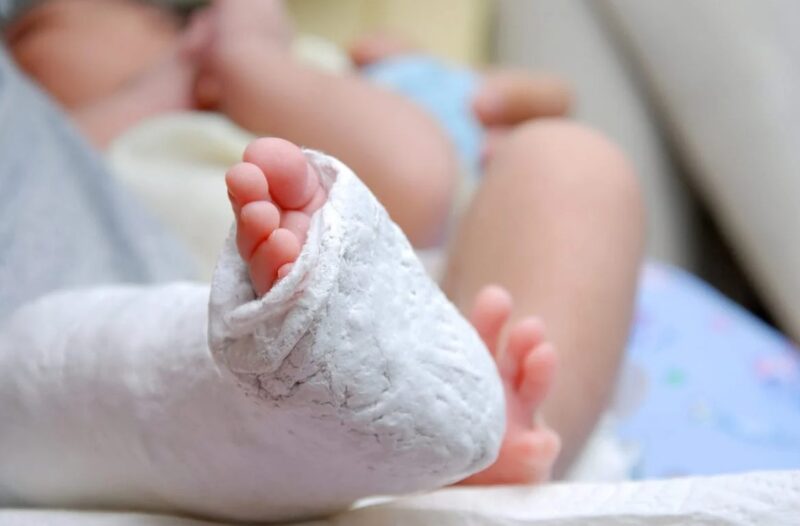
Physical therapy is also used to help a child use crutches or walk pain-free after surgery. These exercises can be done at home or in the clinic. The therapist may create an exercise stretching program for your child.
The therapist may also recommend that your child wear special padding on their foot during activities such as walking, running, jumping, and playing sports. This padding can be custom-made by a shoe company or ordered online. The therapist may also suggest using splints or casts on your child’s foot to hold it in place while it heals.
Stretches out muscles
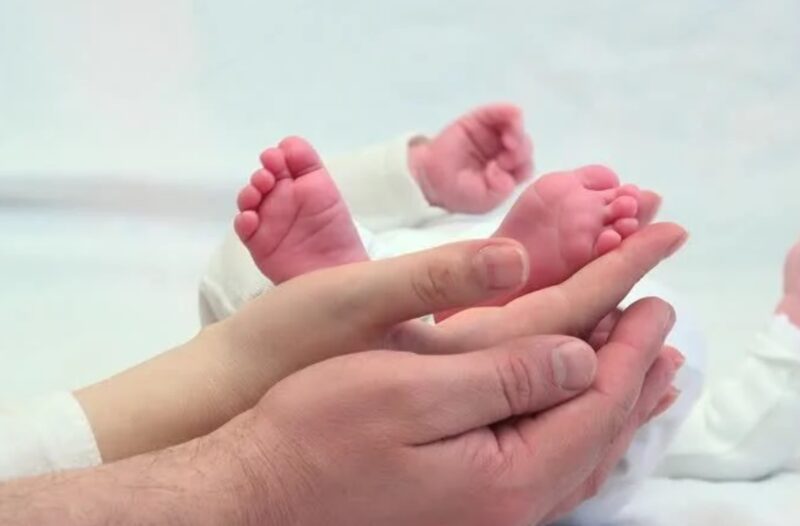
Physical therapy helps to stretch these muscles back out. The goal is to help the foot and ankle move more efficiently, as well as help to prevent them from becoming too stiff. The therapist also stretches the heel cord to help improve ankle range in the affected foot. When muscles are tight or short, they pull on the bones that they attach to. This pulls those bones out of their regular positions, making them better.
Improves coordination between the knee, hips, and joints
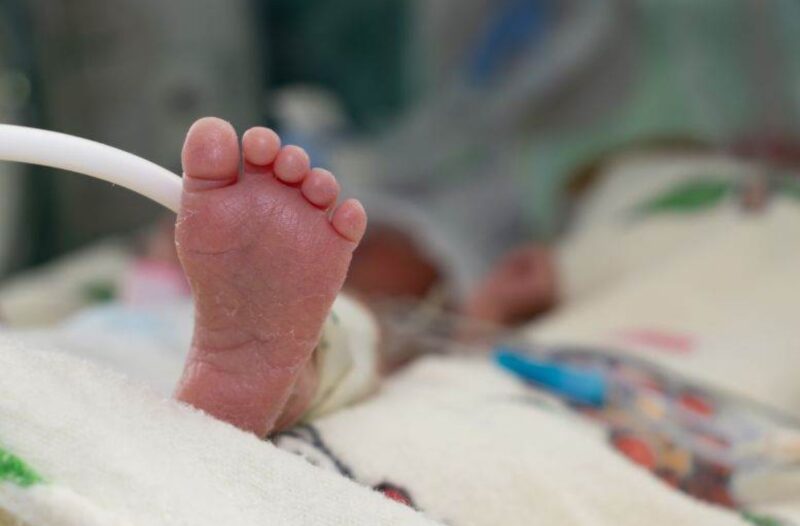
This therapy helps clubfoot through exercises and gentle stretching to improve your child’s movement coordination between the hip, knee, and ankle joints (which normally all move together). The right hip joint is flexed in a club foot, the right knee joint is extended, and the left ankle joint is plantar flexed. This requires strengthening the muscles that control these joints through highly specialized exercises.
The type of physical therapy you get will depend on how severe your child’s clubfoot is when treatment is started. There are few sessions each week for a few weeks or months for milder cases. Several hours of physical therapy may are needed each day for months or years for more severe cases.
